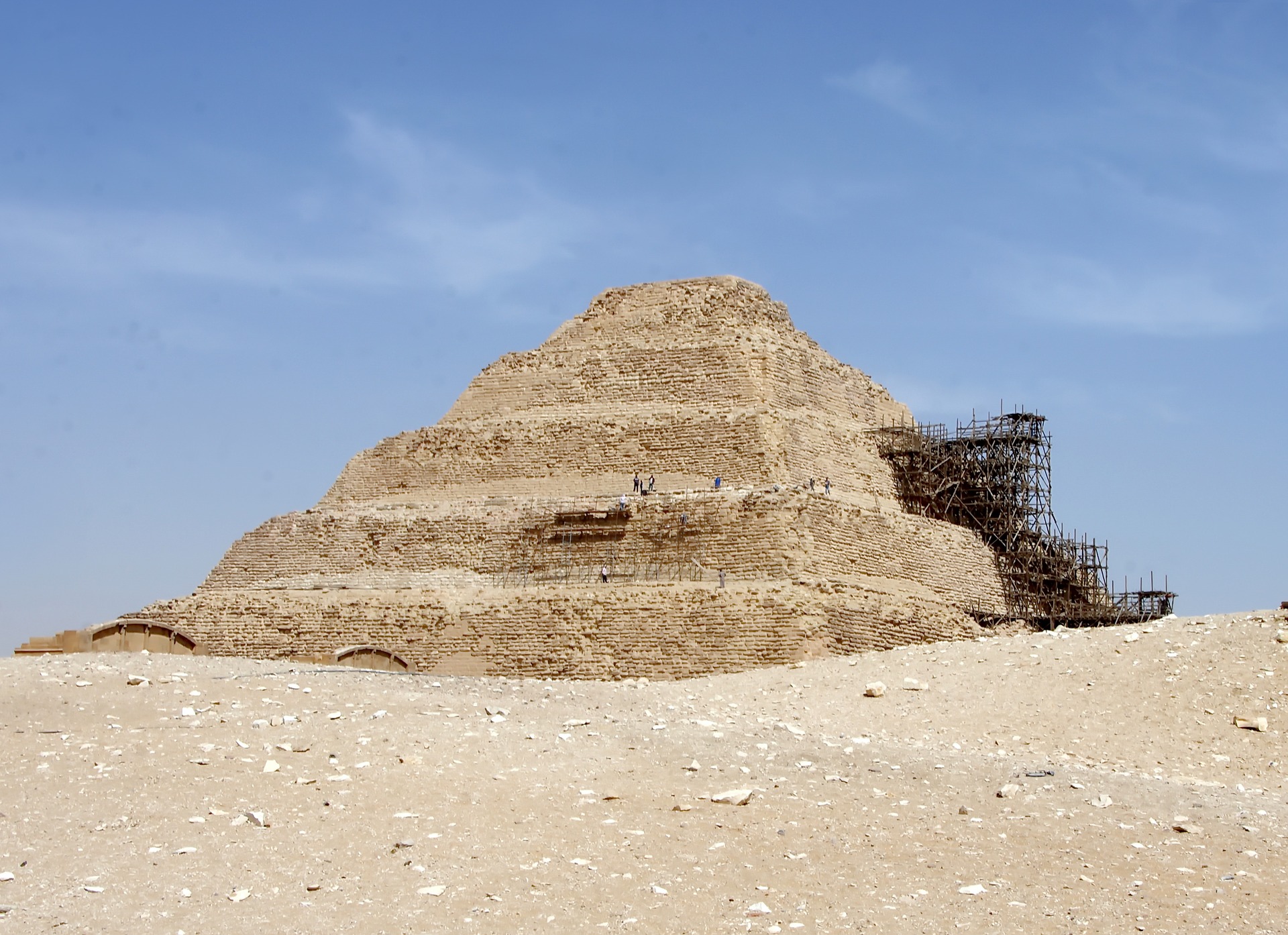Perhaps the most outstanding feature for insight into ancient Egypt is the Pyramids of Giza, which are the burial grounds for the kings of the fourth dynasty of Egypt and one of the seven wonders of the world. However, there are other necropolises and pyramids in Egypt. Another important historical site of Egypt is the Necropolis of Saqqara. The Necropolis of Saqqara, and its pyramid of Djoser, is the royal burial grounds for the kings of the first to third, as well as the fifth and sixth dynasties of ancient Egypt. This site has a rich history and offers great insight into the way ancient Egyptians lived. Over the years, its significance has been acknowledged and has become among the popular tourist destinations in Egypt.
About the Necropolis of Saqqara
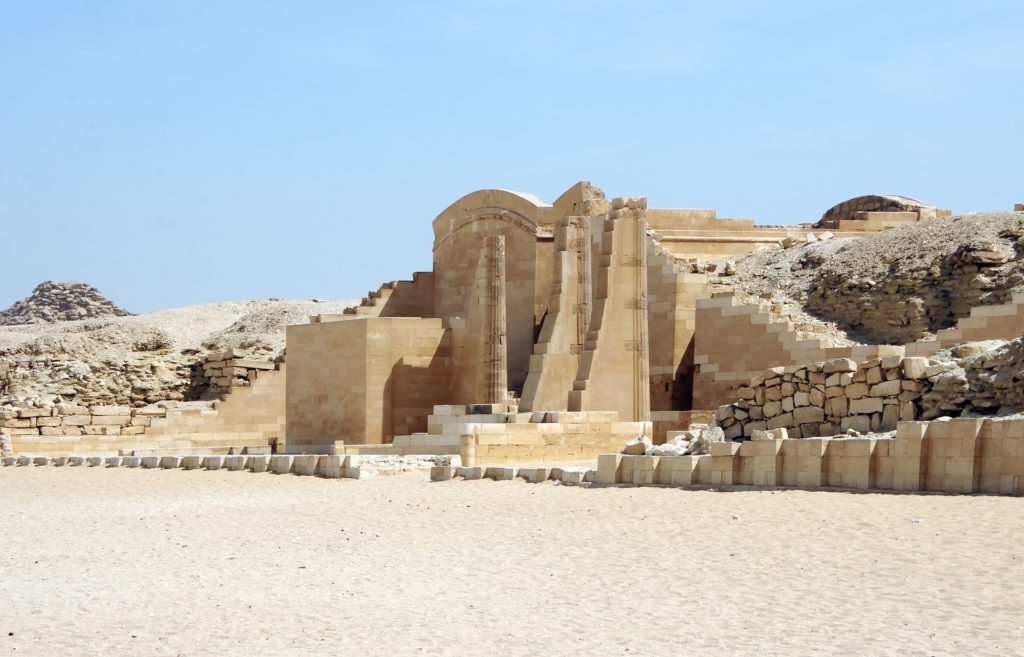
The City of the Dead in Stone and Sand is perhaps the largest necropolis in Egypt in terms of vastness. It is divided into two; Saqqara proper and South Saqqara. The entire necropolis occupies the central plateau for 2.5 kilometres from the northern tip of the row of the first dynasty tombs to south of the pyramid complex of Sekhemkhet. From the eastern escarpment to the Gisr el-Mudir in the West, the necropolis spans an equal distance of 2.5 kilometres. Saqqara is located on the west bank of the Nile River that almost divides Egypt into two. Interestingly, the city of Memphis, which was a thriving city, is on the other side of the Nile. This separation is an indicator of ancient Egypt’s spirituality. At that time, it was believed that the soul (Kâ) was part of a cycle and that once it leaves the body, it returns to the source, a river where all life is drawn from and renewed continuously. The cycle was represented by the sun’s setting and rising. This way, the land of the dead was to the West and that of the living to the east, with the Nile as the divider. For a more modern location indicator, Saqqara is about 15 kilometres from the Giza Necropolis.
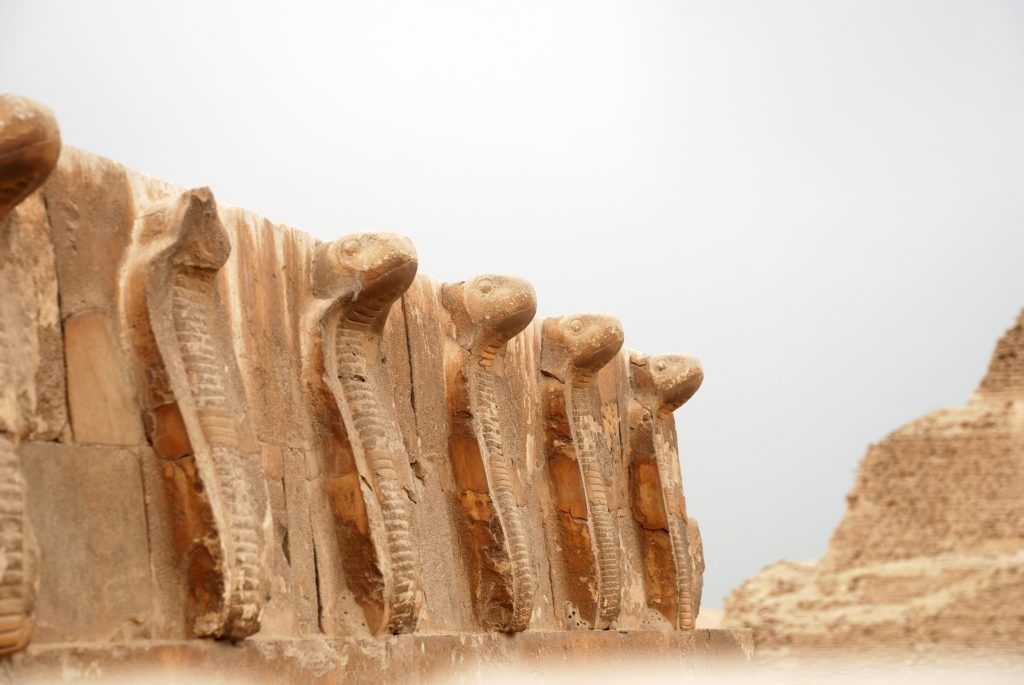
The necropolis of Saqqara, though less prominent than Giza, is the largest group of ancient Egypt’s tombs. It is believed to have been used as a necropolis for the first dynasty and used considerably in the period of the old empire, being abandoned when capitals moved and being taken up again in the new kingdom. The earliest remains in Saqqara are in the early dynastic cemetery at the extreme northern end of the site. In this area, there have been found tombs or mastabas of high officials that date to the 1st dynasty (c.2925- c. 2775 BCE). In the south, some tombs have been found to relate to several dynasties such as; the Step Pyramid complex of Djoser, the second king of the 3rd dynasty, the Fir’awn of Shepseskaf of the 4th dynasty and the Pyramid Texts of Unas, the last king of the 5th dynasty, among many other tombs of rulers from other dynasties. During the Middle Kingdom, Memphis ceased being a capital, so no royal burial sites can be traced back to Saqqara. However, in the New Kingdom, Memphis regained its prominence as an administrative and military center. A number of tombs from that era can be found in Saqqara, such as the decorated tomb of Horemheb and the Serapeum, which are the tombs of the Apis bulls…yes, bulls…. that were considered as sacred incarnations of the ancient Egyptian god Ptah. It was believed that the bulls would become immortal after death and become Osiris Apis.
A tourist guide to the Necropolis of Saqqara
Clearly, this historical site has a lot of interesting sites to visit, and it can be overwhelming for a visitor to know what sites to visit for a rewarding experience. Here are some of the must-visit sites in the Saqqara.
1. Step Pyramid of Djoser
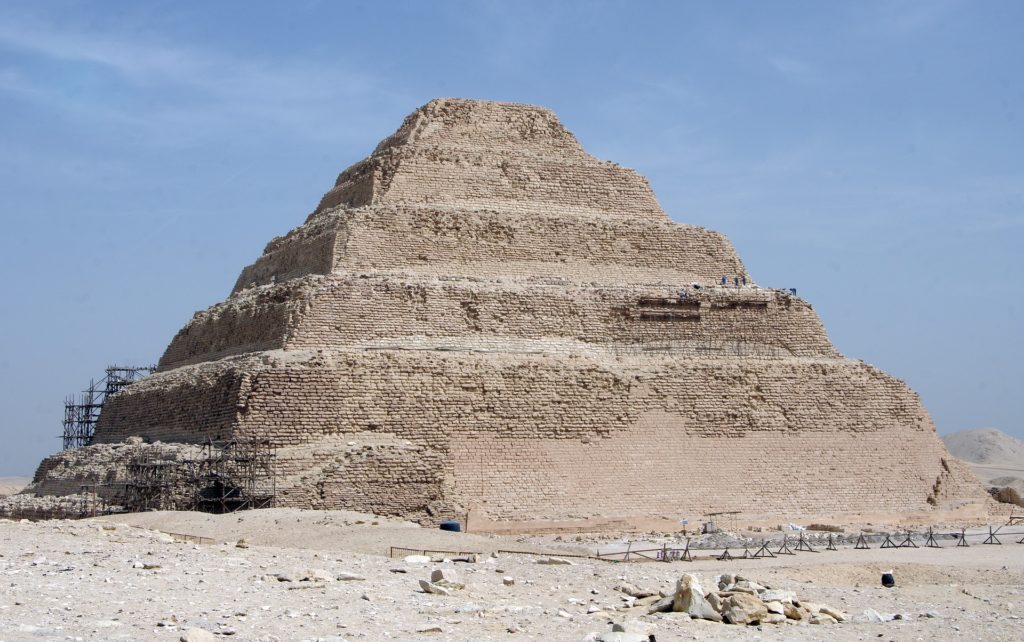
This is perhaps the Saqqara’s most noticeable feature. It is the tomb of the Djoser, a 3rd Dynasty ruler. Its architect was Imhotep. The pyramid is believed to be the earliest stone structure to be erected in Egypt. Its step structure is the result of one mastaba over another. The pyramid is 60 meters high and is made up of clay sandstone. Because of this material, the pyramid is unstable, and entry is prohibited. However, it is known that inside the pyramid are connected passages and chambers.
2. Imhotep Museum
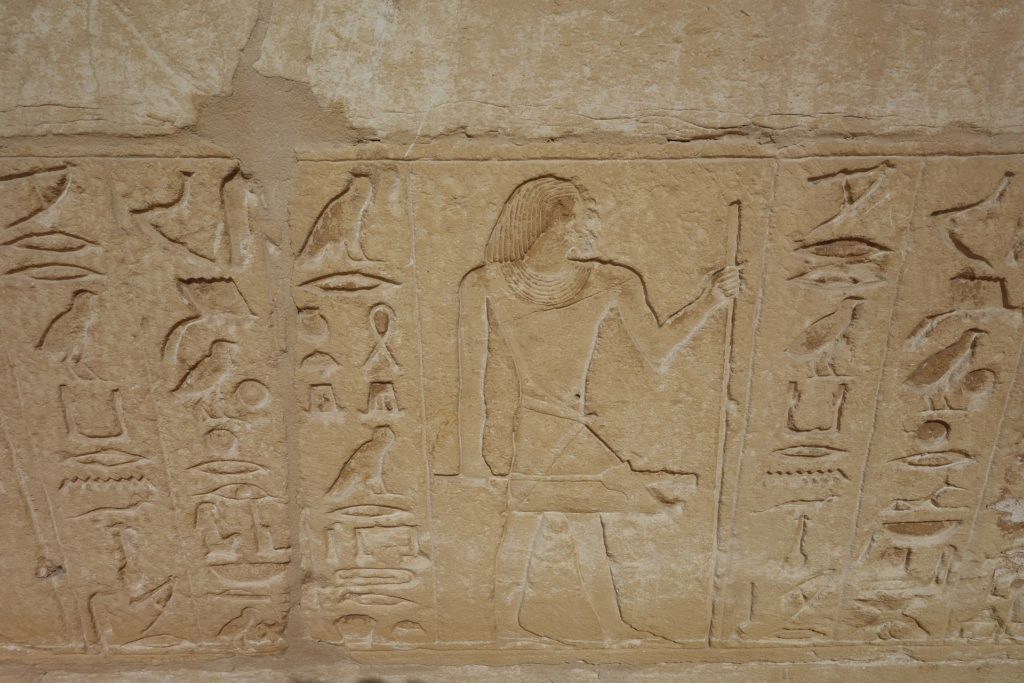
This museum is dedicated to the ancient Egyptian architect Imhotep and was officially opened in 2006. It has five halls with incredible presentations of findings from the necropolis areas.
3. Serapeum
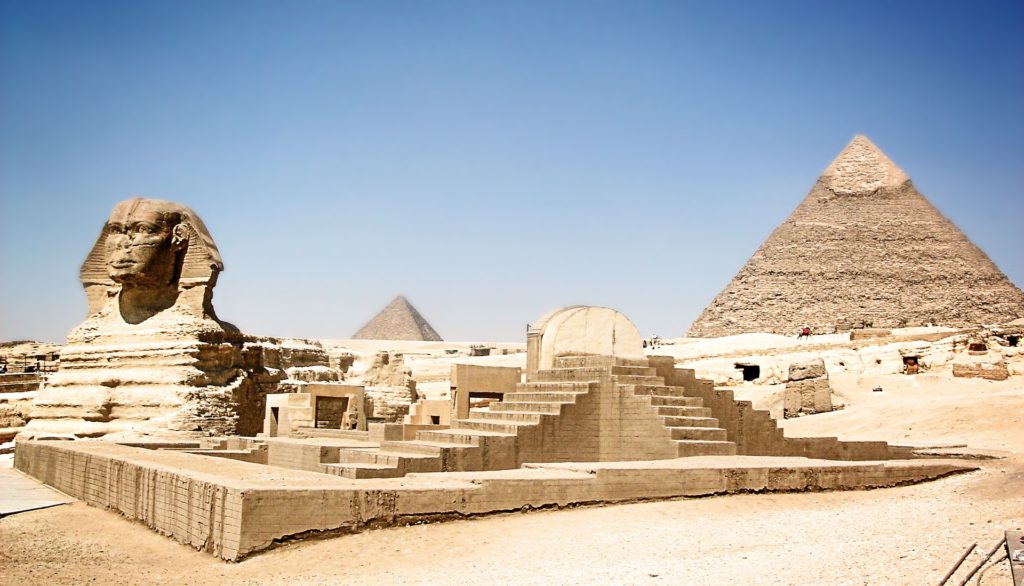
The Serapeum is an interesting insight into ancient Egyptian spirituality. In those times, Apis, the sacred bull of the god Ptah, was worshiped in a temple of its own and upon death was embalmed and buried in Apis tombs. In Ramses II’s reign, Prince Khaemweset decided to construct a common burial place for the Apis bulls that is now called the Serapeum. It is quite a grand structure. Today we can see twenty chambers that house sarcophagi of polished granite that are said to weigh up to 65 tons. It is a wonder how the ancient Egyptians managed to get them in there.
4. Pyramid of Unas
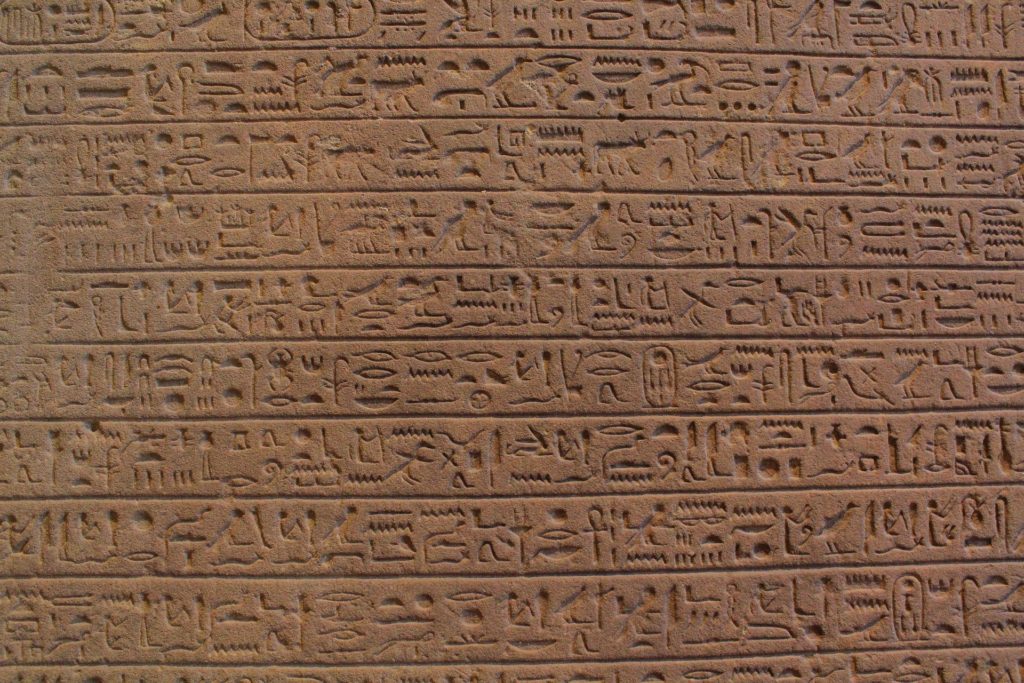
The burial site for the last king of the 5th Dynasty lies southwest of the step pyramid and good news on this one. It is open to visitors. An interesting fact about this pyramid is that the walls of the central chamber and the tomb are covered with inscriptions called ‘Pyramid Texts’ that are believed to be the oldest Egyptian religious texts. These texts are said to protect the buried from in the after-life. This is another hint into the spiritual nature of ancient Egypt.
These and many more historical sites in the Necropolis of Saqqara form a thrilling visit for historical tourists. The rich history of the area, as well as that of the Pyramid fields of Giza to Dahshur, is the reason that these sites have been designated as a UNESCO World Heritage Site. It is indeed a place to visit if you decide on touring Egypt.




























